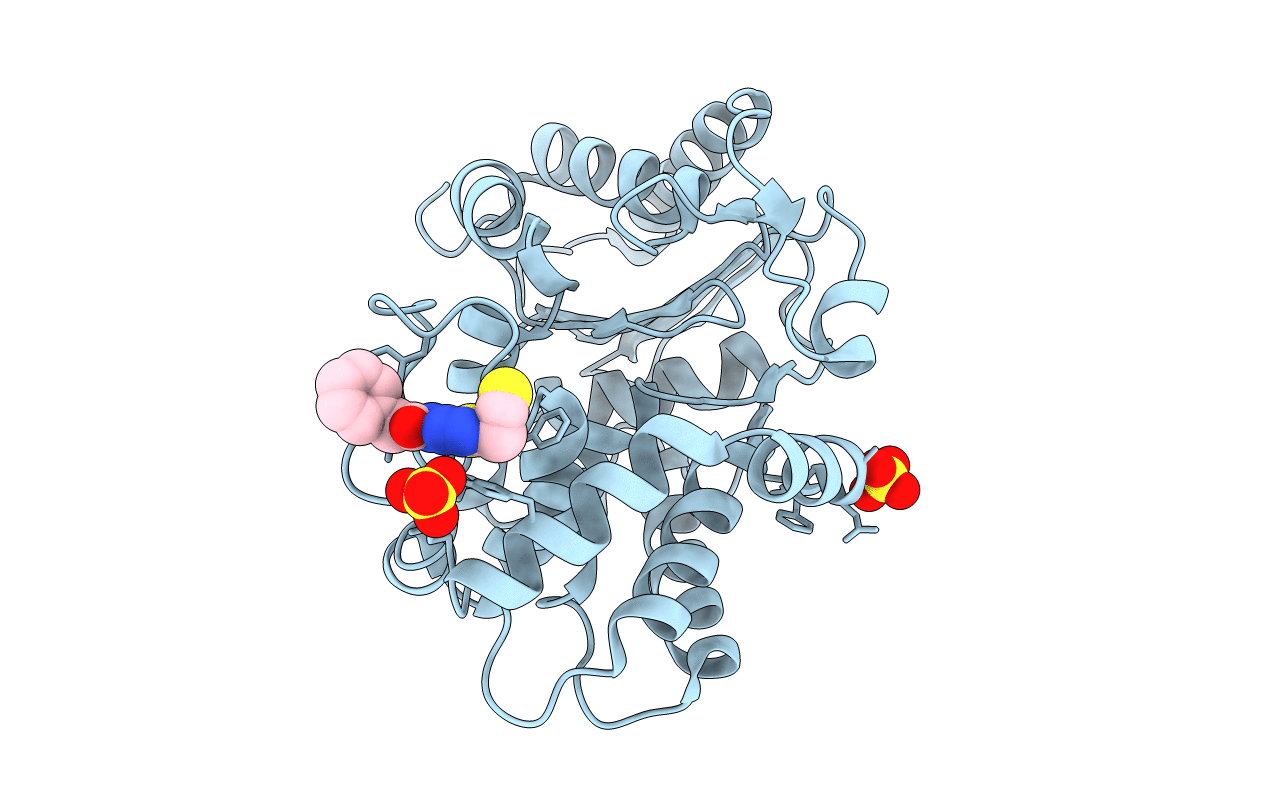
Deposition Date
2012-02-23
Release Date
2012-06-13
Last Version Date
2023-11-08
Entry Detail
PDB ID:
3VOZ
Keywords:
Title:
Crystal structure of human glutaminase in complex with BPTES
Biological Source:
Source Organism:
Homo sapiens (Taxon ID: 9606)
Host Organism:
Method Details:
Experimental Method:
Resolution:
2.40 Å
R-Value Free:
0.23
R-Value Work:
0.20
Space Group:
I 41 2 2


